On June 7, President Donald Trump federalized the California National Guard and dispatched roughly 4,000 Guard soldiers—along with 700 active-duty Marines—to Los Angeles after nightly riots broke out around federal buildings targeted during large-scale immigration-enforcement sweeps. Governor Gavin Newsom objected, arguing local and state police had the situation under control. Within 48 hours Newsom sued, claiming the president’s order violated Title 10, § 12406 of the U.S. Code, the Posse Comitatus Act’s ban on military involvement in civilian policing, and the Tenth Amendment’s reservation of state powers.
U.S. District Judge Charles Breyer sided with the governor on June 12, holding that the statute allows federalization only when rebellion, invasion, or an inability to execute federal law with regular forces exists—conditions Breyer said were not met by scattered vandalism and clashes. He ordered control of the Guard returned to Sacramento within 24 hours. The Justice Department immediately appealed and won an emergency stay from the U.S. Court of Appeals for the Ninth Circuit.
Appeals Court Decision
Late on June 19 a unanimous three-judge panel—Judges Mark Bennett and Eric Miller, both Trump appointees, and Judge Lucy Koh, appointed by President Biden—issued a 34-page opinion vacating Breyer’s injunction and allowing federal control of the Guard to continue while the underlying lawsuit proceeds. Although the panel emphasized that presidential power to federalize a state’s Guard is not unlimited, it found the administration had presented “sufficient, non-speculative facts” to justify acting under § 12406.
The opinion cited sworn declarations from federal officers describing incidents in which protesters “pinned down” Homeland Security agents, hurled concrete chunks and liquid-filled bottles, smashed a government van, and forced the closure of the Edward R. Roybal Federal Building. Those acts, the court said, created “a danger of rebellion against federal authority” and demonstrated that ordinary law-enforcement assets were insufficient to protect personnel and property.
Procedurally, the panel rejected Newsom’s argument that the president must obtain a governor’s consent. The statute requires notification to the governor, the judges wrote, but not approval; once the Secretary of Defense transmitted written orders through the California adjutant general, the notice requirement was satisfied. The panel also declined the Justice Department’s invitation to declare the president’s decision “unreviewable,” stressing that Article III courts retain power to examine whether statutory prerequisites are met, even if they owe the commander in chief substantial deference.
Political and Legal Reactions
President Trump called the ruling a “BIG WIN” on Truth Social: “If our cities need protection and local police can’t do the job, the federal government will step in.” Vice President JD Vance, visiting Los Angeles the next morning, warned that additional troops would arrive if protests reignite. Pentagon officials confirmed another 500 Marines and 2,000 Guard soldiers are on 48-hour standby.
Governor Newsom expressed disappointment but seized on language that limited executive discretion: “The court rightly rejected Trump’s claim that he can do whatever he wants with the National Guard.” The governor vowed to press the case at trial and signaled he may ask the full Ninth Circuit to rehear the appeal en banc. Civil-liberties groups, including the ACLU of Southern California, criticized the panel for stretching the definition of “rebellion” and warned of a dangerous precedent for unilateral federal deployments.
Republican lawmakers lauded the outcome. House Speaker Elise Stefanik said the decision affirms federal responsibility to safeguard immigration officers when state leaders “look the other way.” Democrats split along familiar lines: some echoed Newsom’s federalism argument; others, such as Representative Henry Cuellar of Texas, argued violent protests jeopardize public safety and merit temporary military support.
Operational Impact in Los Angeles
Since Guard and Marine forces took up positions downtown, nightly arrests have dropped from an average of 230 to fewer than 25; no federal facilities have reported new damage. Troops in riot gear remain outside the Roybal building, ICE offices in Westlake, and two federal courthouses. According to the Guard’s public-affairs office, rules of engagement prohibit direct law-enforcement activity: soldiers secure perimeters while LAPD handles arrests. The Marines guard static checkpoints but may use non-lethal munitions if federal personnel face imminent harm.
Civil-rights attorneys continue to monitor the mission. They say Posse Comitatus prohibits Marines from any policing role and argue Guard members operating under Title 10 are likewise barred. The Justice Department maintains that the troops are performing a protective function, not enforcing state law.
What Happens Next
- District-court merits phase: Judge Breyer will conduct expedited discovery on whether conditions for federalization truly existed on June 7 and whether troop activities comply with statutory constraints. A final judgment is possible by early fall; whichever side loses will likely appeal.
- Potential en-banc review: Newsom has 14 days to request the full Ninth Circuit’s reconsideration of the stay. En-banc panels are rarely granted but could revisit the panel’s interpretation of “rebellion.”
- Legislative push: California’s congressional delegation plans a bill requiring explicit gubernatorial consent for Guard call-ups absent invasion or insurrection. House Republicans have signaled opposition, arguing the president needs flexibility to protect federal interests.
Broader Implications
The case is the first since 1965 in which a president activated a state’s Guard without the governor’s blessing, raising significant federalism questions. If Trump ultimately prevails, future administrations will possess a blueprint for rapid domestic deployments during civil unrest—particularly in states unwilling or unable to safeguard federal assets. If Newsom prevails, courts may narrow presidential emergency powers, shifting more responsibility to local authorities.
Either way, the Ninth Circuit’s stay ensures that nearly 6,700 uniformed personnel—Guard and Marine—remain under federal command in Los Angeles at least through the summer. For Angelenos, the decision means continued military presence downtown; for constitutional scholars, it sets the stage for a landmark ruling on the boundaries of executive authority at home.



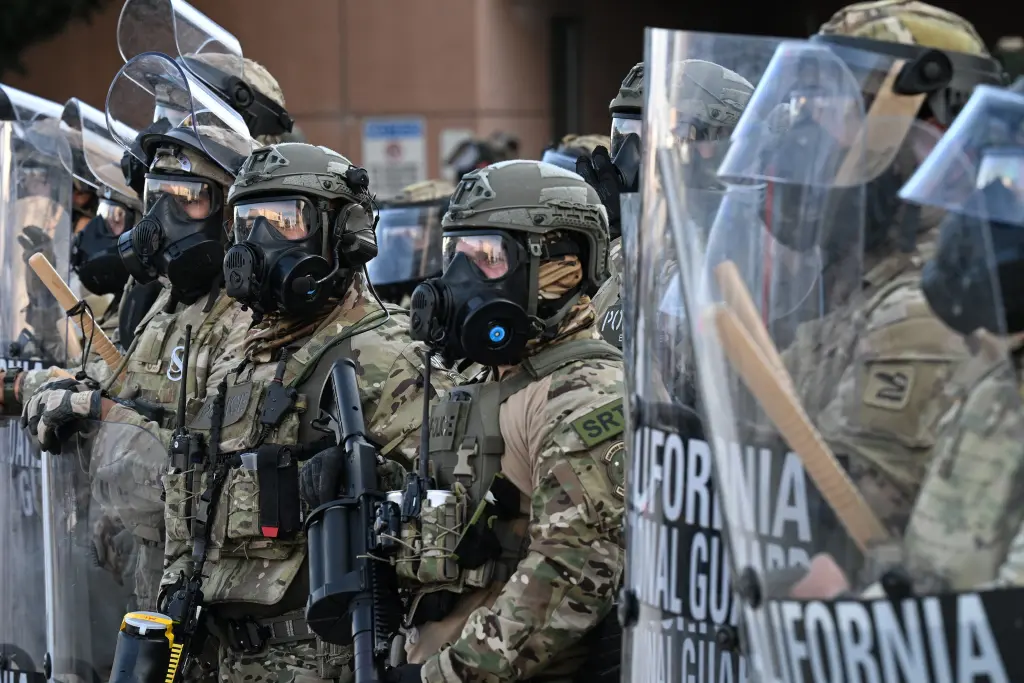
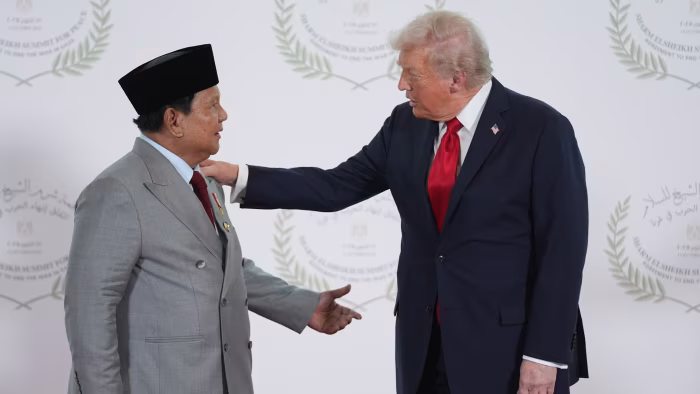
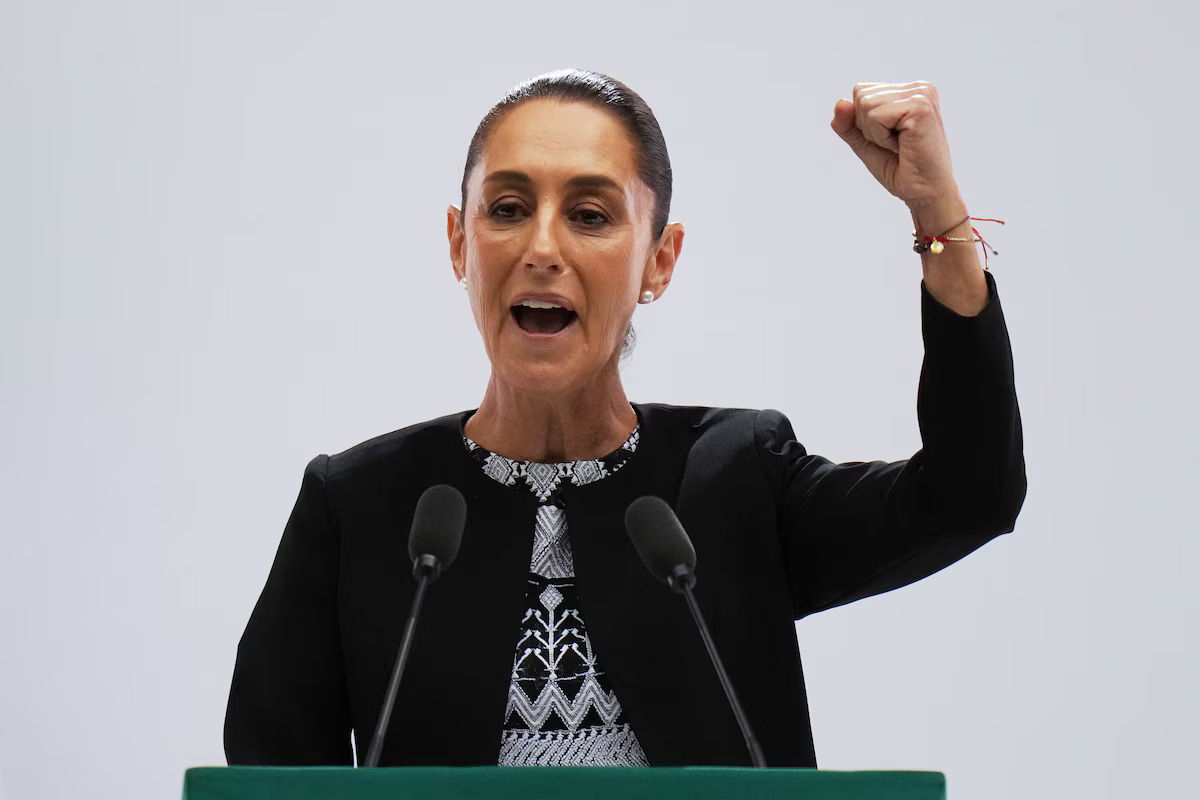
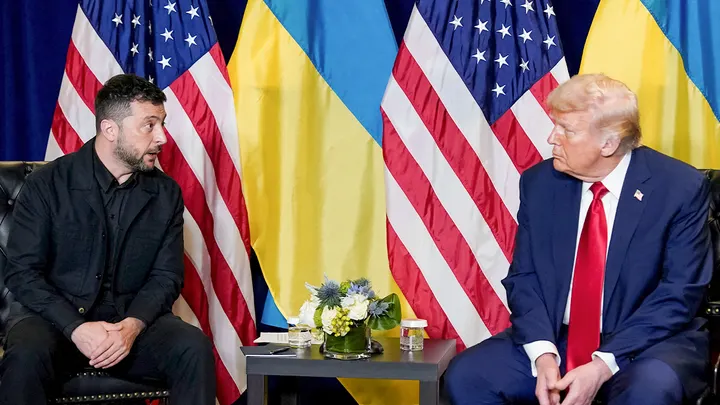
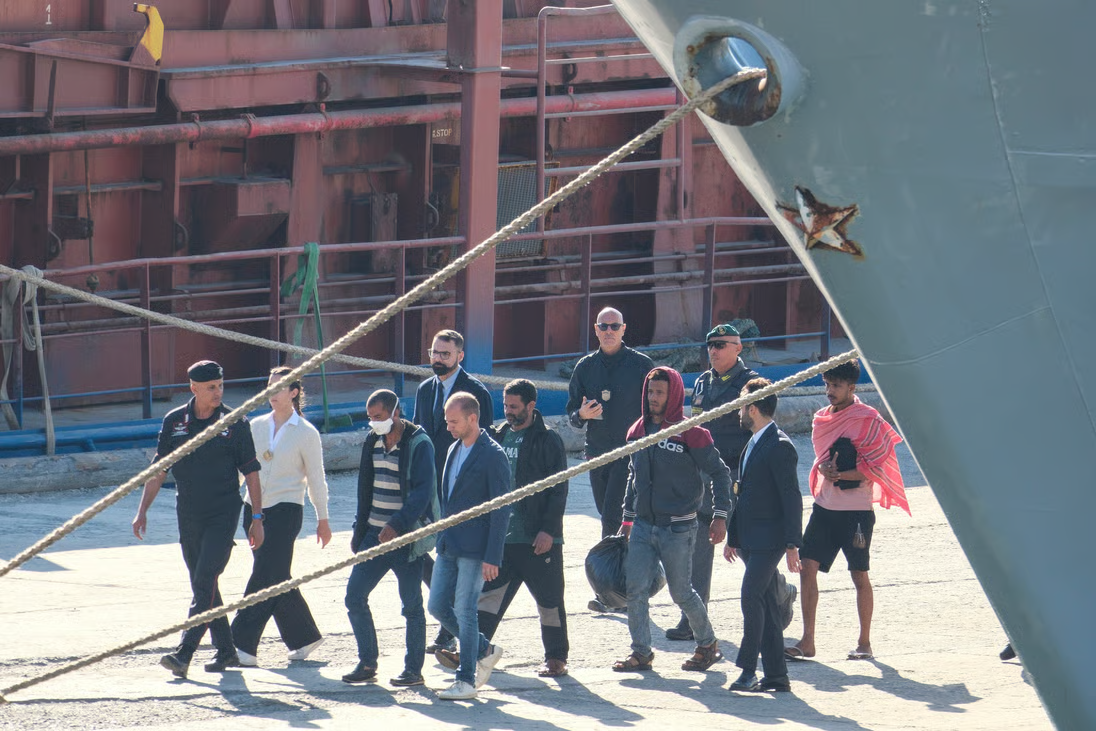
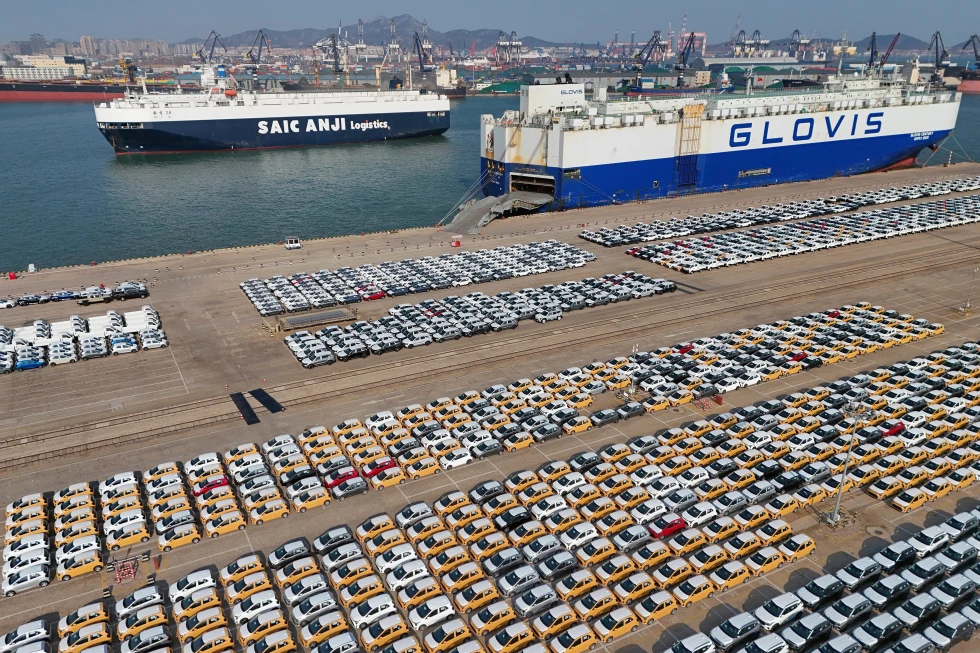
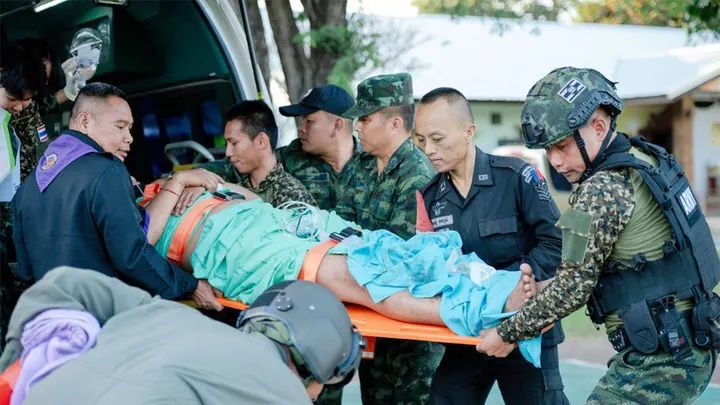

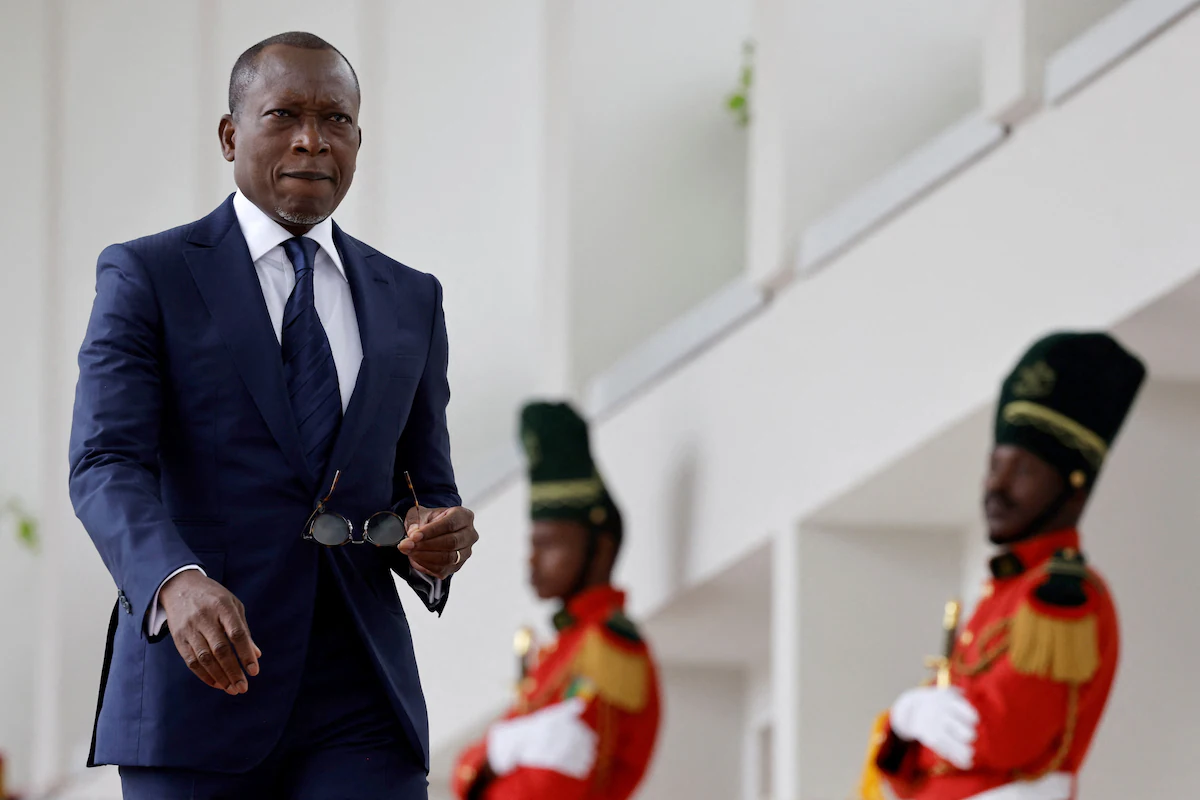
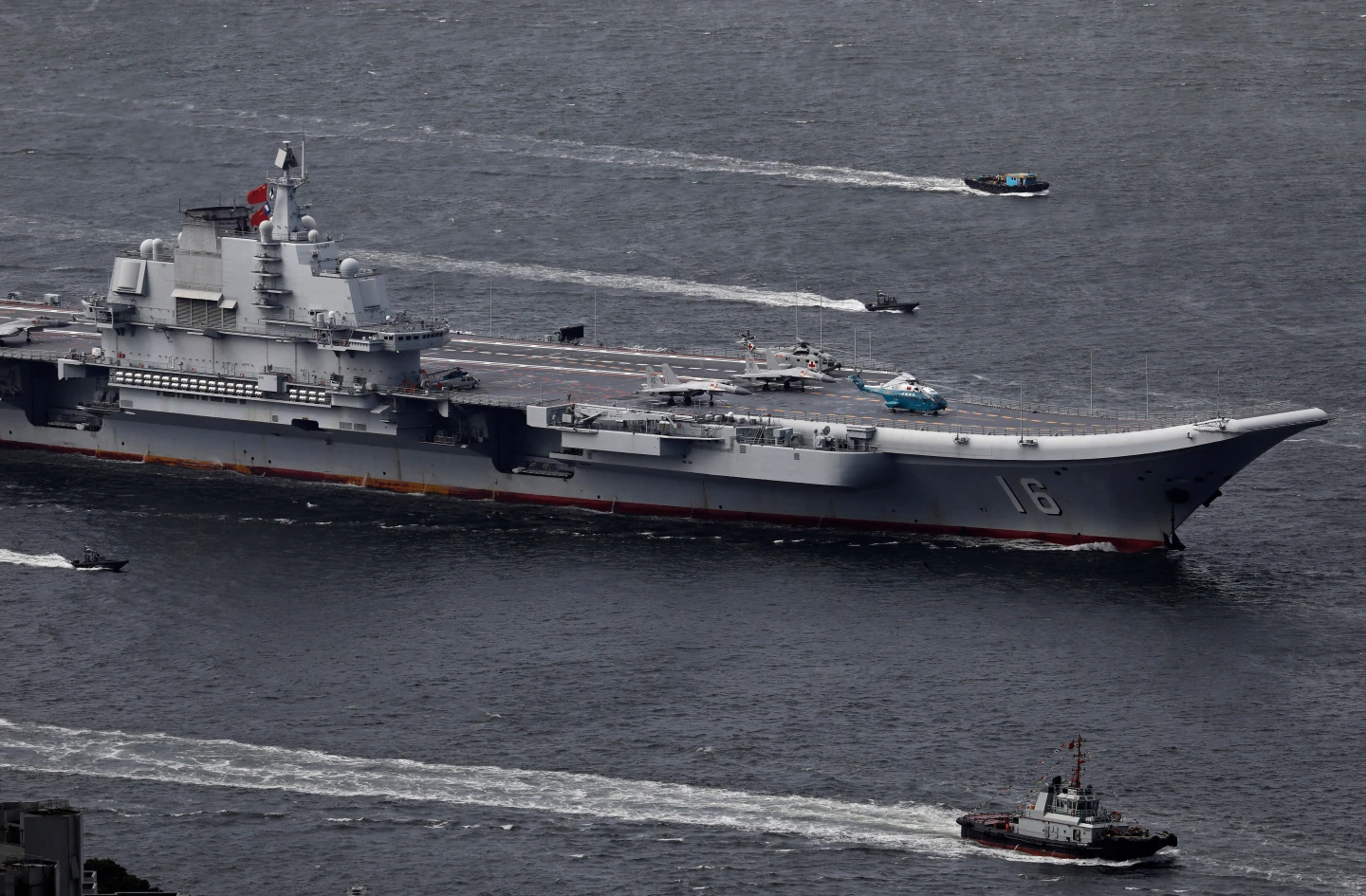

Discussion